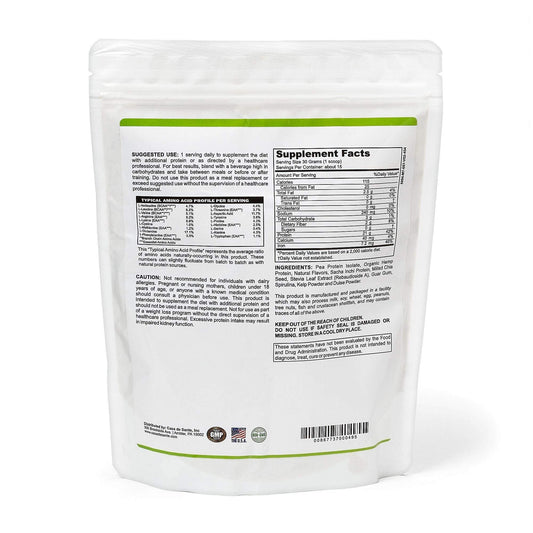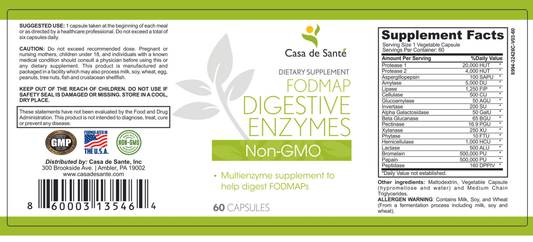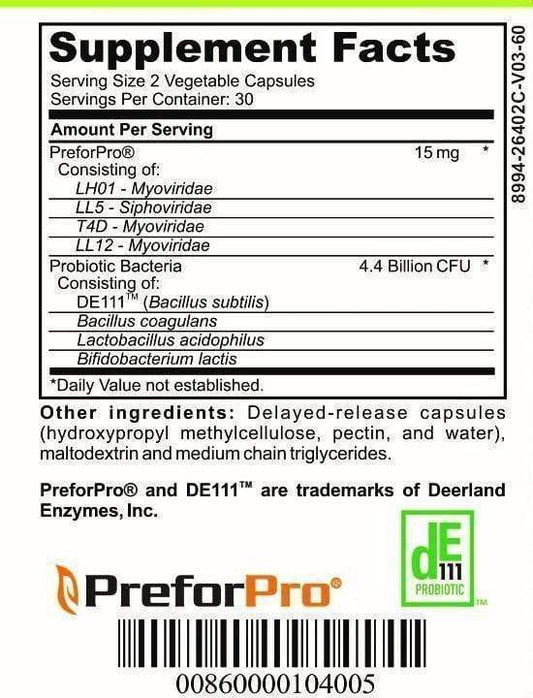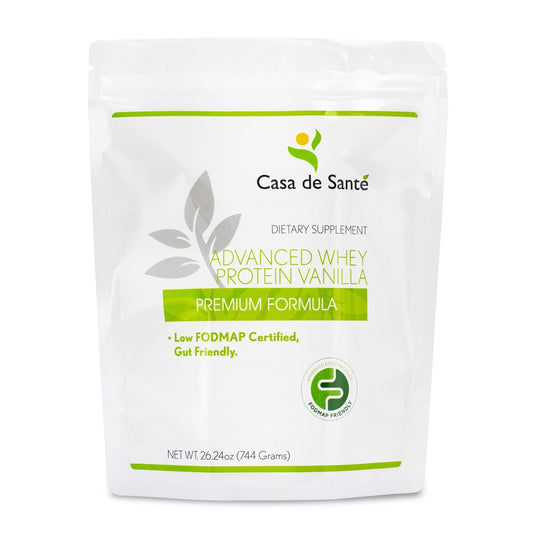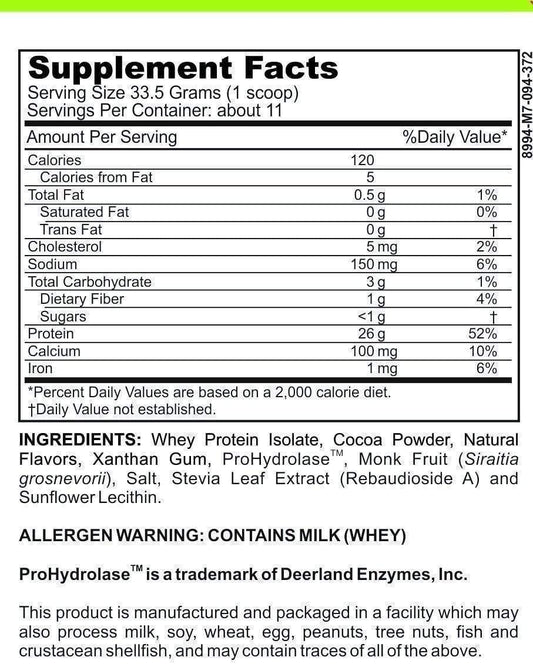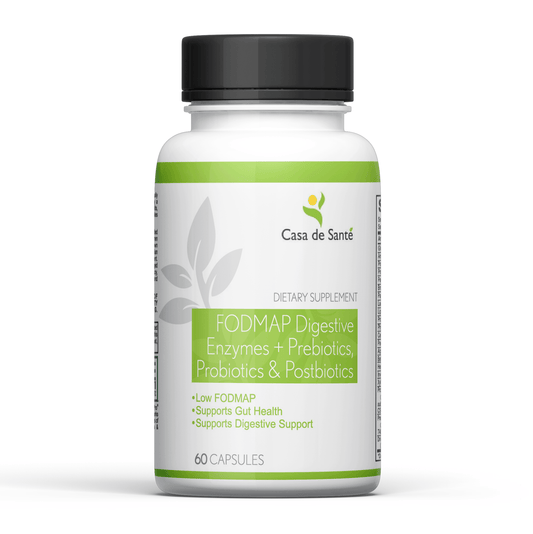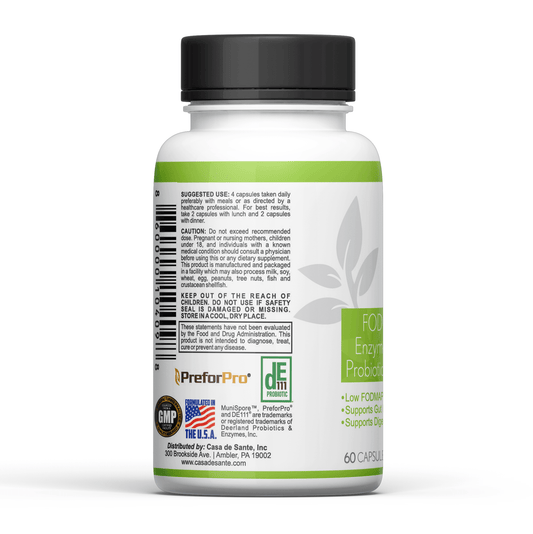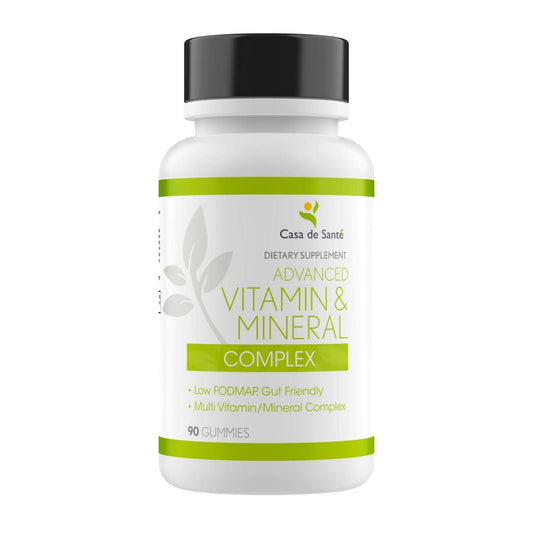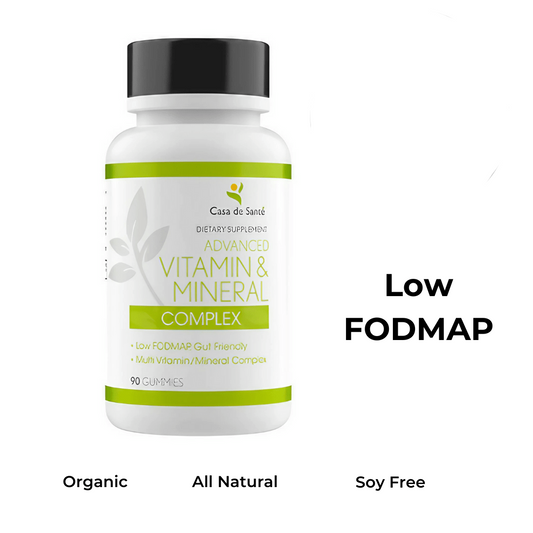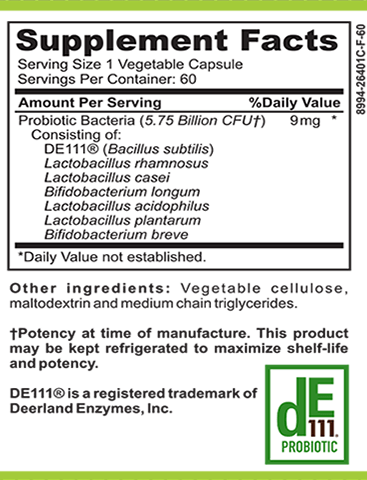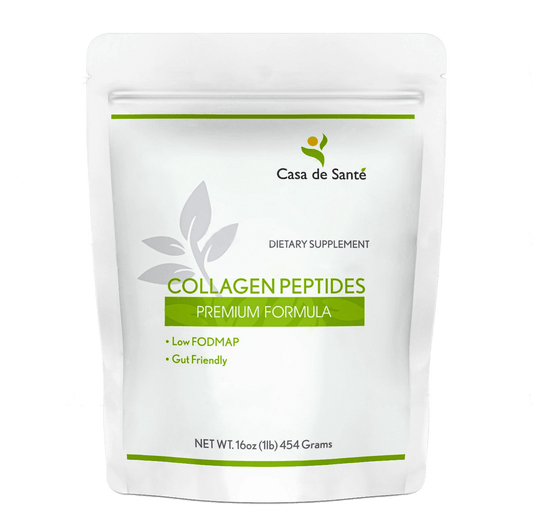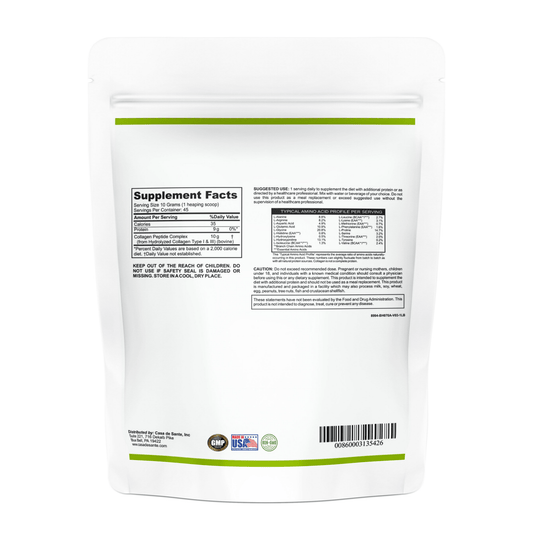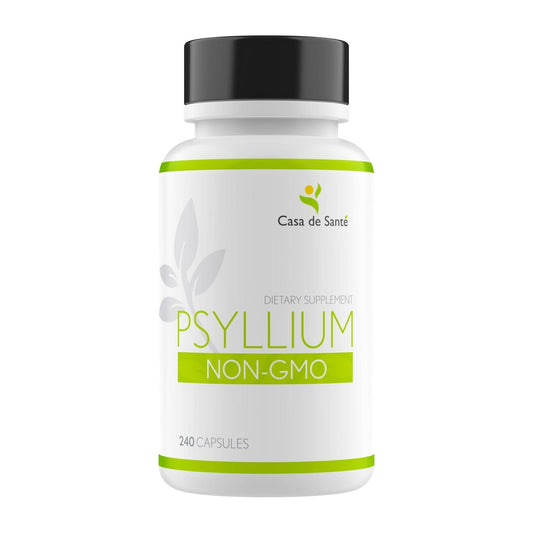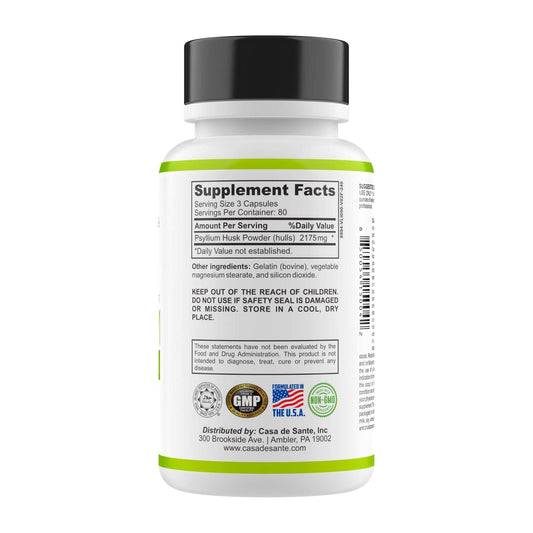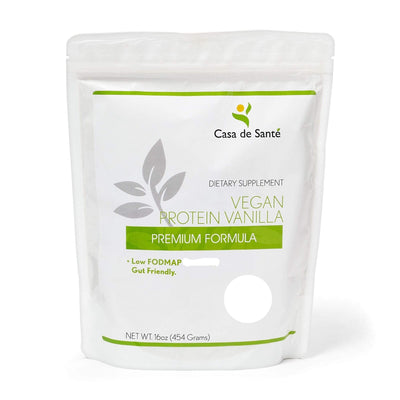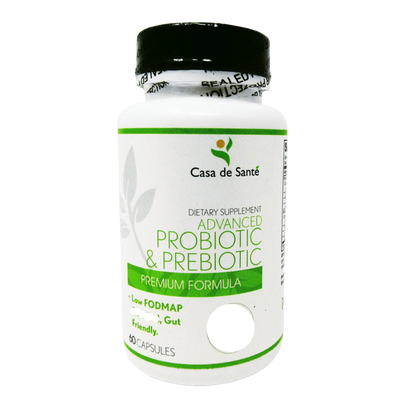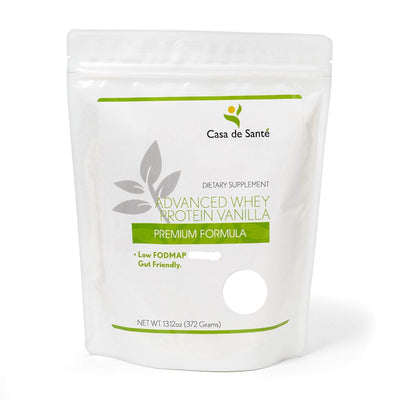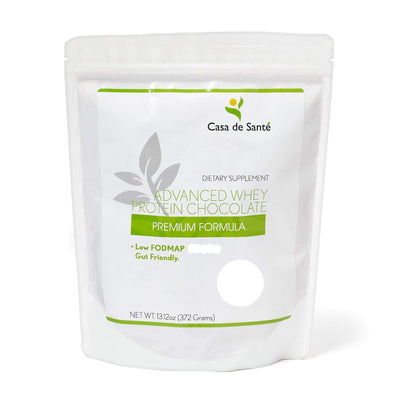Low FODMAP Miso Soup: A Gentle Recipe for Sensitive Stomachs
Low FODMAP Miso Soup: A Gentle Recipe for Sensitive Stomachs
For those navigating the challenges of IBS, SIBO, or other digestive sensitivities, finding comfort foods that don't trigger symptoms can feel like an impossible task. Traditional Japanese miso soup, with its warming broth and umami flavor, is a dish many people miss when following a low FODMAP diet. The good news? With some thoughtful modifications, this classic soup can be adapted to be gentle on sensitive digestive systems without sacrificing its soul-soothing qualities.
In this article, we'll explore how to create a delicious low FODMAP version of miso soup that delivers all the comfort and flavor you crave, while keeping your gut happy. We'll dive into ingredient substitutions, preparation techniques, and even discuss how this soup can be part of a comprehensive approach to managing digestive health.
Understanding Miso and FODMAPs
Traditional miso soup typically contains several high FODMAP ingredients that can trigger symptoms in sensitive individuals. The classic recipe often includes regular miso paste (which may contain high FODMAP soybeans), dashi made with onions, and additions like mushrooms or conventional tofu—all potential digestive troublemakers for those following a low FODMAP diet.
The challenge lies in preserving the essence of miso soup while eliminating these triggering ingredients. Fortunately, with the right knowledge and substitutions, it's entirely possible to create a version that's just as satisfying as the original.
What Makes Miso Low or High FODMAP?
Miso paste itself is a fermented product made from soybeans, salt, and koji (a type of fungus). The fermentation process actually reduces some of the FODMAPs naturally present in soybeans, making certain miso varieties more digestible for sensitive stomachs. Light colored miso pastes that have been fermented longer are typically lower in FODMAPs than darker varieties. Specifically, white and yellow miso pastes are generally considered low FODMAP in servings of 2 tablespoons or less, according to Monash University testing.
The key is to select miso pastes without added high FODMAP ingredients like garlic or onion, which are sometimes included for flavor. Always check the ingredient list carefully before purchasing.
The Dashi Dilemma
Traditional dashi (Japanese soup stock) often contains kombu (dried kelp) and katsuobushi (dried bonito flakes), which are generally low FODMAP. However, many commercial dashi powders and some restaurant versions include onion or garlic powder—definite triggers for many with sensitive digestion.
Creating your own dashi from scratch using just kombu and bonito flakes ensures you have complete control over the ingredients, making a truly low FODMAP base for your miso soup. For vegetarians, a simple kombu-only dashi works beautifully and maintains the authentic umami flavor profile.
Essential Low FODMAP Substitutions
Creating a low FODMAP version of miso soup requires thoughtful ingredient swaps that maintain flavor while eliminating digestive triggers. Here are the key substitutions that make this adaptation possible.
Choosing the Right Tofu
Firm tofu is considered low FODMAP and makes an excellent protein addition to your soup. The firmer varieties have had more liquid pressed out of them, which reduces the FODMAP content. Silken tofu, on the other hand, contains higher amounts of FODMAPs and should be avoided during the elimination phase of the low FODMAP diet.
When shopping for tofu, look for plain, firm varieties without added flavors or marinades that might contain high FODMAP ingredients. Organic options are ideal, as they typically contain fewer additives.
FODMAP-Friendly Vegetables
Instead of the traditional sliced mushrooms (high in mannitol) or scallion bulbs (high in fructans), opt for low FODMAP vegetables that complement the soup's flavor profile. Thinly sliced carrots, baby bok choy, and the green parts of scallions all work beautifully. These vegetables add color, texture, and nutrients without triggering symptoms.
Spinach is another excellent addition that wilts perfectly in the hot broth and provides a boost of iron and vitamins. Just be mindful of portion sizes—while these vegetables are low FODMAP, eating excessive amounts of any food can sometimes trigger symptoms in sensitive individuals.
Seaweed Selections
Seaweed is a traditional component of miso soup that fortunately remains FODMAP-friendly. Wakame, the most commonly used seaweed in miso soup, is low in FODMAPs and adds authentic flavor, texture, and valuable minerals like iodine and calcium.
When using dried wakame, remember that it expands significantly when rehydrated—a little goes a long way. Nori (the seaweed used for sushi) can also be torn into small pieces and added to your soup for extra flavor and nutrition.
The Low FODMAP Miso Soup Recipe
Now that we understand the principles behind creating a gut-friendly version of this classic soup, let's put it all together with a detailed recipe you can make at home.
Low FODMAP Miso Soup
This gentle miso soup delivers all the comfort and umami flavor of the traditional version without the digestive distress. Perfect as a light meal or starter, it's warming, nourishing, and kind to sensitive stomachs.
Ingredients:
- 4 cups water
- 1 piece kombu (dried kelp), about 4x4 inches
- 1/2 cup bonito flakes (skip for vegetarian version)
- 3 tablespoons white or yellow miso paste (certified low FODMAP if available)
- 4 oz firm tofu, cubed
- 1 tablespoon dried wakame seaweed
- 1 medium carrot, thinly sliced
- 2 cups baby spinach
- Green parts of 2 scallions, thinly sliced
- 1 teaspoon sesame oil (optional)
Instructions:
- Place the kombu in a medium pot with 4 cups of cold water. Let it soak for 30 minutes.
- Heat the kombu and water over medium heat until small bubbles form around the edges. Remove the kombu just before the water boils (boiling kombu can create a bitter flavor).
- If using bonito flakes, add them to the hot water, turn off the heat, and let steep for 5 minutes. Strain the liquid through a fine-mesh sieve, reserving the dashi broth.
- Return the dashi to the pot and heat over medium-low heat.
- Place the miso paste in a small bowl. Add a ladleful of hot dashi and whisk until the miso is completely dissolved. (This prevents clumping.)
- Pour the miso mixture back into the pot with the remaining dashi.
- Add the tofu cubes and sliced carrots to the broth and simmer gently for 2-3 minutes.
- Meanwhile, soak the dried wakame in a small bowl of cold water for 5 minutes until rehydrated, then drain.
- Add the rehydrated wakame and spinach to the soup and simmer for 1 minute until the spinach wilts.
- Remove from heat and stir in the green scallion slices and optional sesame oil.
- Serve immediately in bowls.
Prep Time: 35 minutes (including kombu soaking time)
Cook Time: 10 minutes
Yield: 4 servings
Cuisine: Japanese-inspired, Low FODMAP
Nutritional Benefits and Digestive Support
Beyond being gentle on sensitive digestive systems, this low FODMAP miso soup offers impressive nutritional benefits that support overall gut health and wellbeing.
Probiotics and Gut Health
Miso paste contains beneficial bacteria from the fermentation process, making it a natural probiotic food. These live cultures can help support a healthy gut microbiome, which is particularly important for those with digestive sensitivities. For maximum probiotic benefit, add the miso paste to your soup after removing it from heat, as high temperatures can kill the beneficial bacteria.
For those looking to further support their digestive health, pairing this soup with a specialized supplement regimen can be beneficial. Casa de Sante offers low FODMAP certified digestive enzymes and probiotic & prebiotic supplements that complement the gut-friendly nature of this soup, providing additional support for optimal digestion and nutrient absorption without triggering symptoms.
Complete Protein Source
The combination of miso (fermented soybeans) and tofu provides a complete protein source, containing all essential amino acids. This makes the soup not just comforting but nutritionally substantial. For those who find they need additional protein in their diet while managing digestive issues, Casa de Sante's low FODMAP certified protein powders can be an excellent complement to meals like this soup, helping to meet nutritional needs without triggering symptoms.
The protein content helps stabilize blood sugar levels, which can indirectly benefit digestive comfort by preventing the blood sugar spikes and crashes that sometimes exacerbate gut symptoms.
Making It Part of Your Low FODMAP Lifestyle
This gentle miso soup can become a regular part of your low FODMAP meal rotation with a few practical strategies.
Batch Cooking and Storage
The dashi broth can be made in larger quantities and frozen in portion-sized containers, making it easy to prepare this soup quickly on busy days. Simply thaw the broth, heat it up, and add your fresh ingredients and miso paste for a nourishing meal in minutes.
If storing leftover soup, it's best to keep the broth separate from the vegetables and tofu to prevent them from becoming soggy. The soup will keep in the refrigerator for up to 3 days, though the miso's probiotic benefits are strongest when the soup is freshly made.
Meal Planning for Digestive Peace
Incorporating this soup into a broader low FODMAP meal plan can help maintain digestive comfort while ensuring nutritional variety. Consider pairing it with a low FODMAP grain like rice or quinoa for a more substantial meal, or serving it alongside a simple protein like grilled chicken or fish.
For those who find meal planning challenging while navigating dietary restrictions, Casa de Sante offers personalized low FODMAP meal plans that take the guesswork out of eating for digestive comfort. These plans can incorporate recipes like this miso soup into a balanced approach that supports both gut health and overall nutrition.
Conclusion
Living with digestive sensitivities doesn't mean giving up the foods you love. With thoughtful adaptations like this low FODMAP miso soup, you can continue to enjoy comforting, flavorful meals that nourish both body and soul without triggering uncomfortable symptoms.
By understanding the principles behind FODMAP modifications and having a repertoire of recipes like this one, you can reclaim the joy of eating while supporting your digestive health. Whether you're just beginning your low FODMAP journey or are looking to expand your meal options, this gentle miso soup demonstrates that dietary restrictions can still lead to delicious discoveries.
Remember that individual tolerances vary, even within the framework of the low FODMAP diet. Listen to your body, adjust portions as needed, and enjoy the process of creating meals that work uniquely for you and your digestive system.


